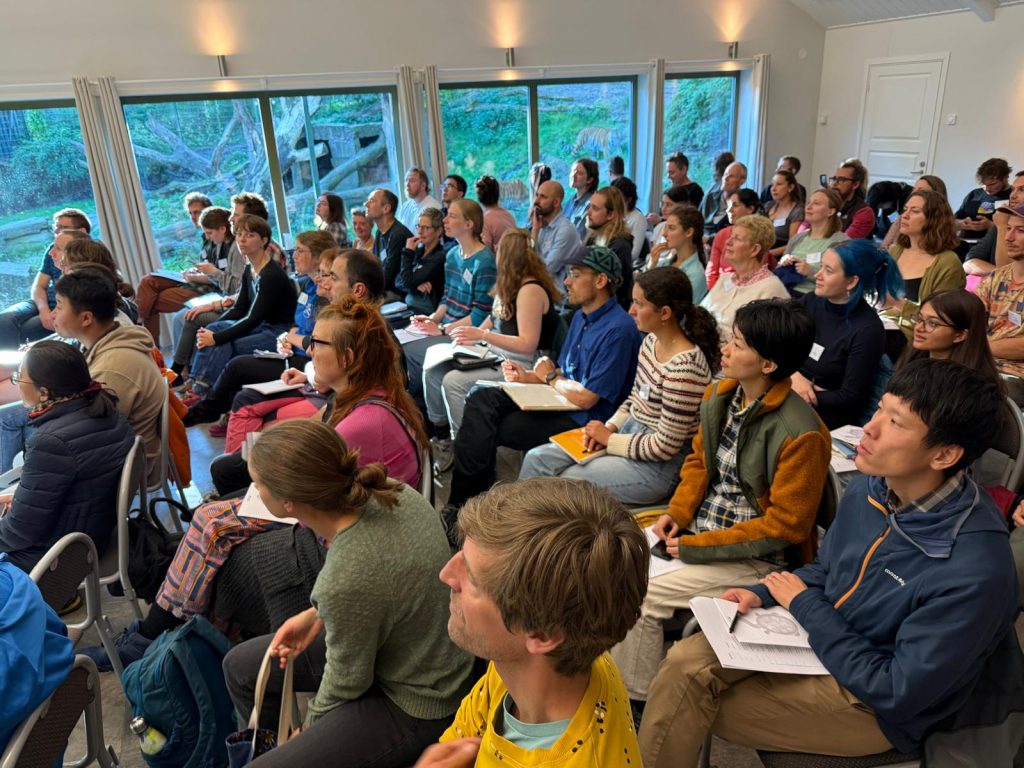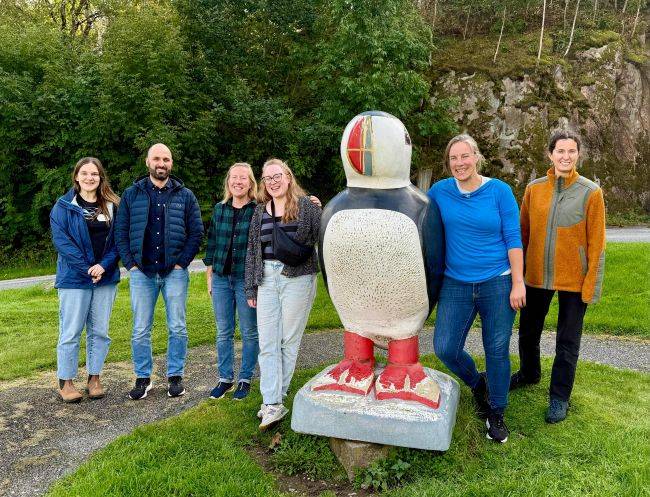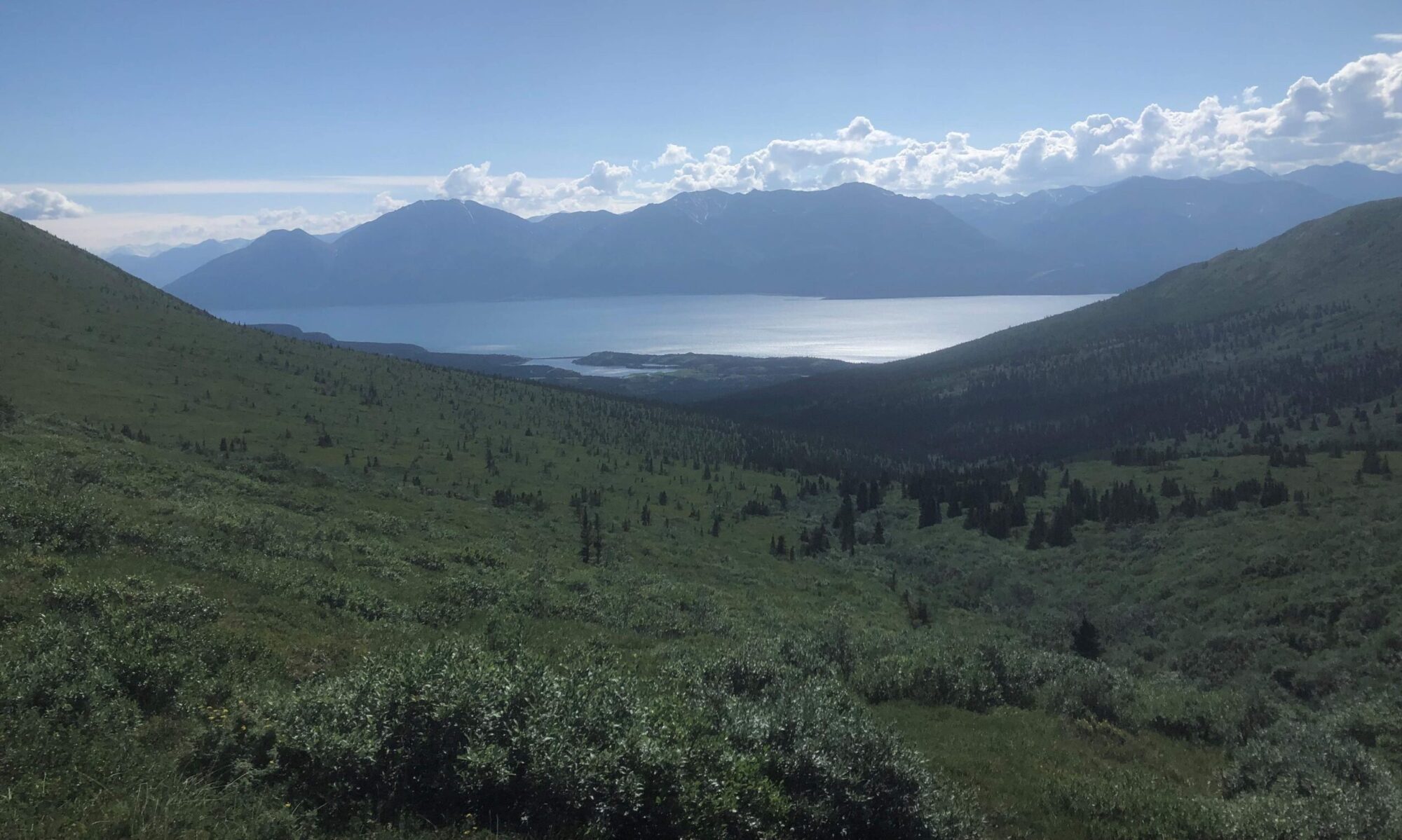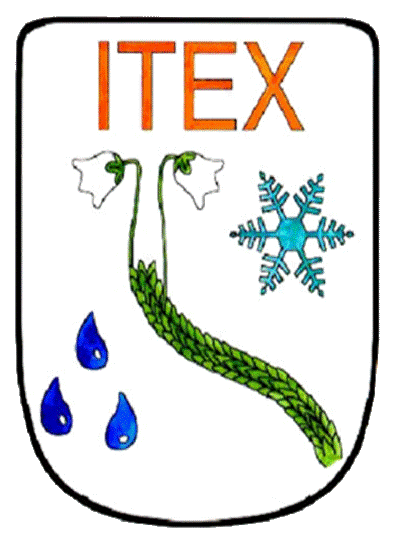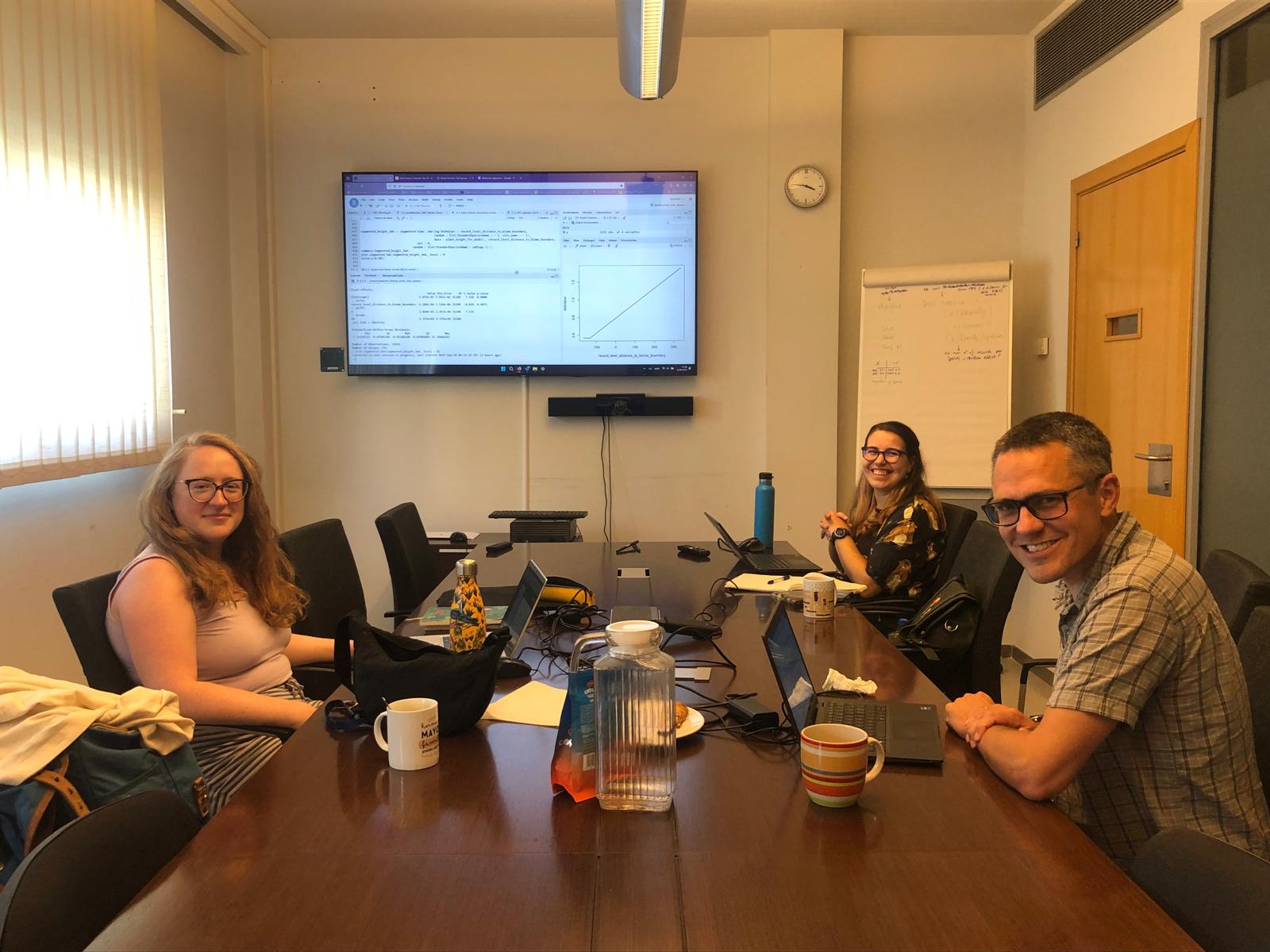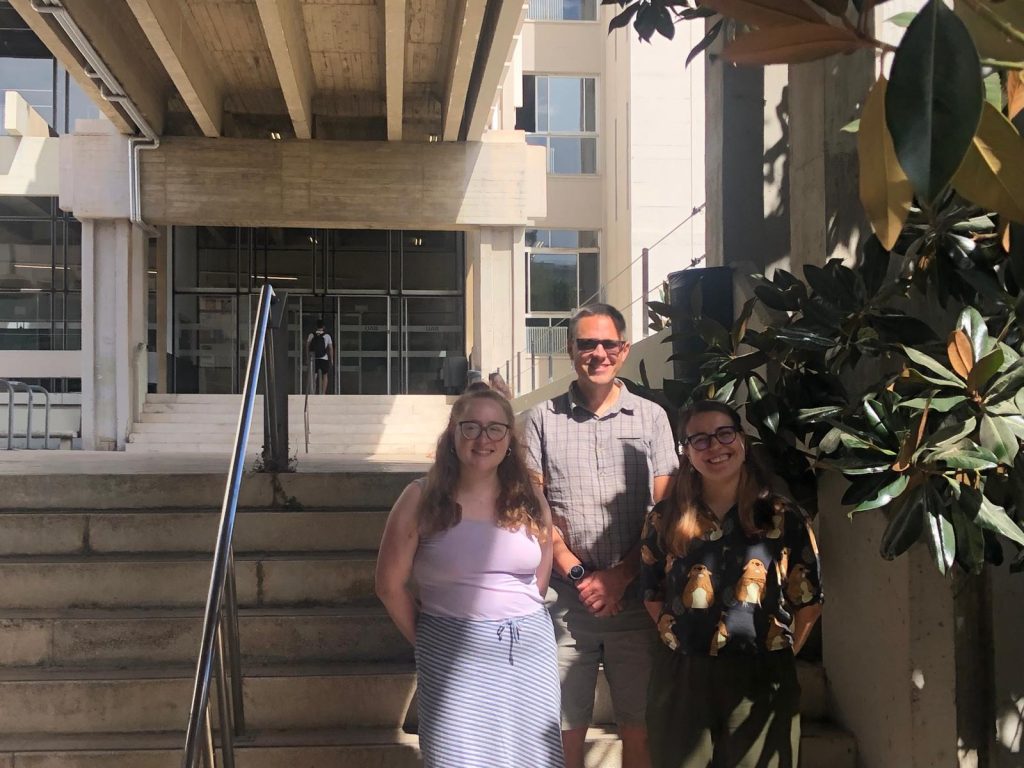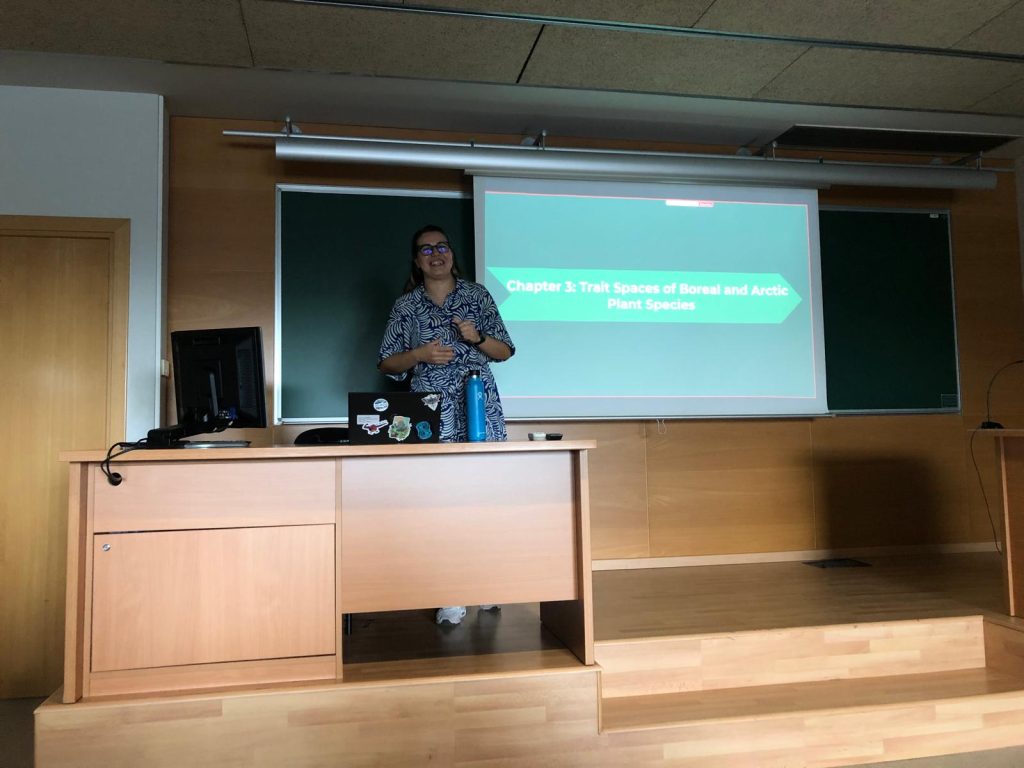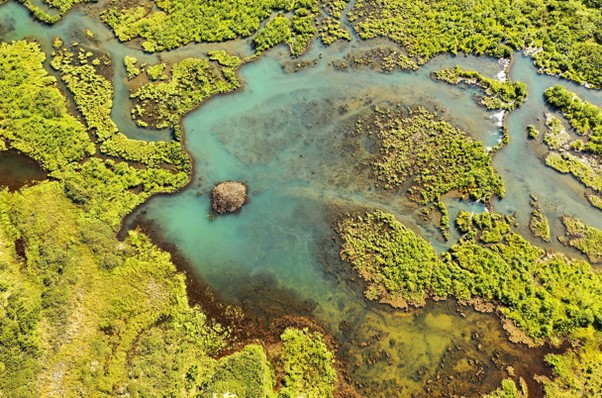The spread of the beaver (Castor canadensis) into the Arctic tundra is a textbook example of the process of borealization. A new study by Ken Tape at the University of Alaska Fairbanks and James Speed at the Norwegian University of Science and Technology and a member of the NordBorN network, shows how temperature is a crucial factor determining the distribution of beavers and their impact on the whole ecosystem through dam building across the Alaskan tundra.
Temperature drives an increase in suitable habitat for beavers from 15 000 km2 in the early 20th century, to 30 000 km2 at present, while future climatic warming is projected to increase the potential suitable habitat to between 100 000 and 150 000 km2 by 2090.
Such a dramatic increase in distribution of an ecosystem engineering species is likely to have dramatic impacts on the future state of the tundra.
The paper was recently published in Environmental Research Letters, and has been featured in Science.
Reference: Tape, K. D., & Speed, J. D. (2025). Predicted expansion of beaver pond distribution in Arctic Alaska, 1910–2090. Environmental Research Letters, 20(9), 094009. 10.1088/1748-9326/adeba2
The picture shows a beaver modified habitat in Alaska (photo: Ken Tape, University of Alaska Fairbanks)
